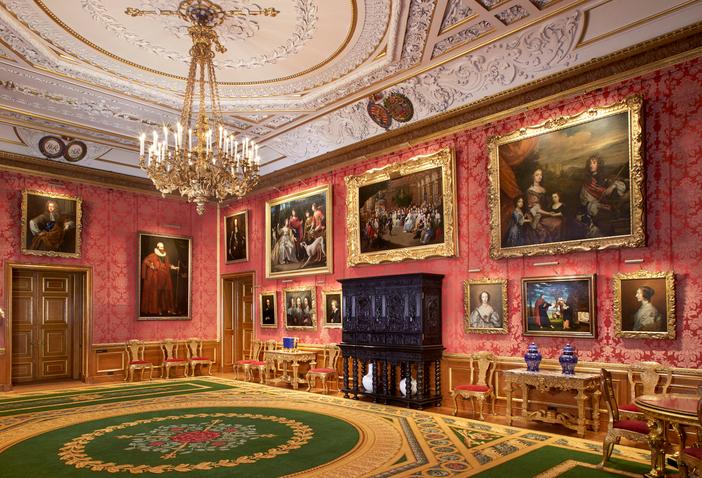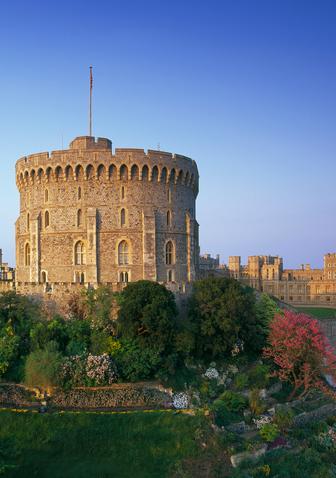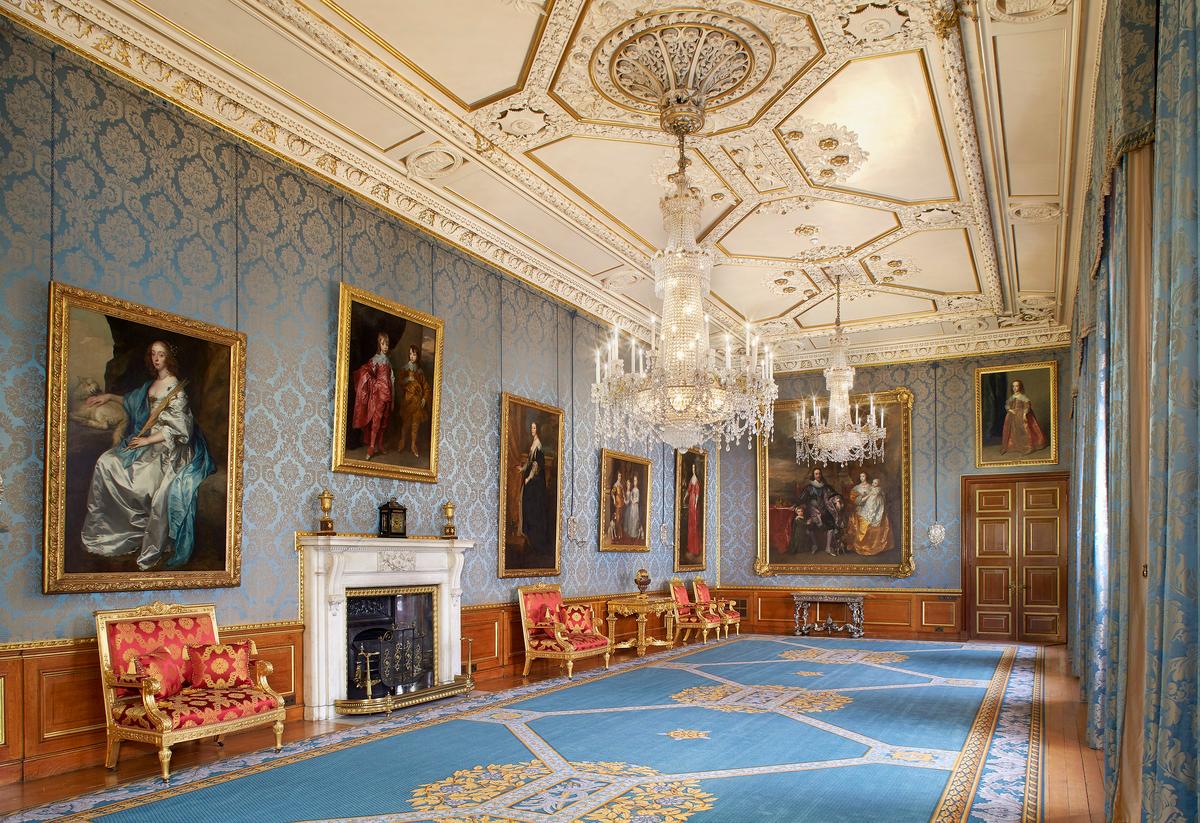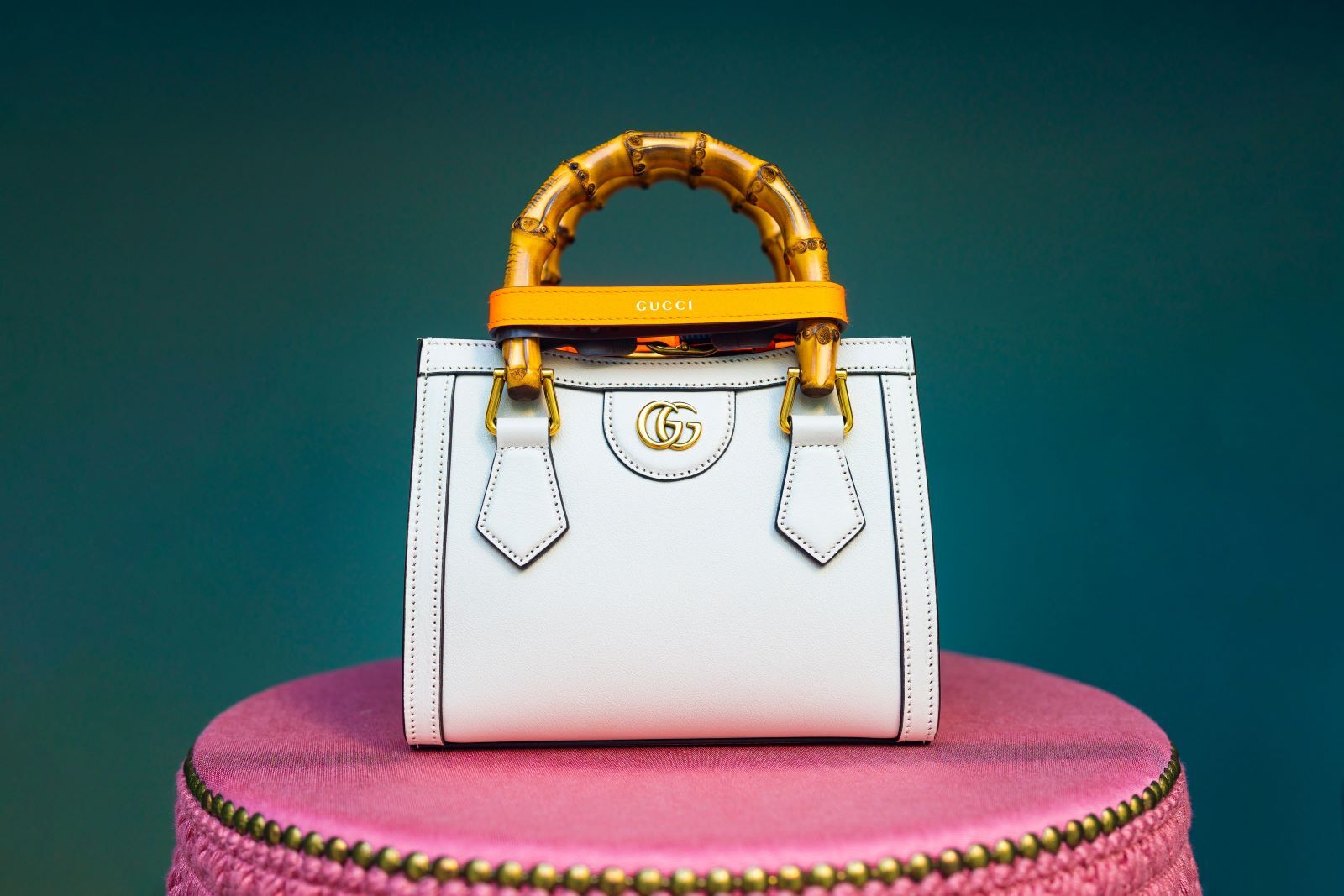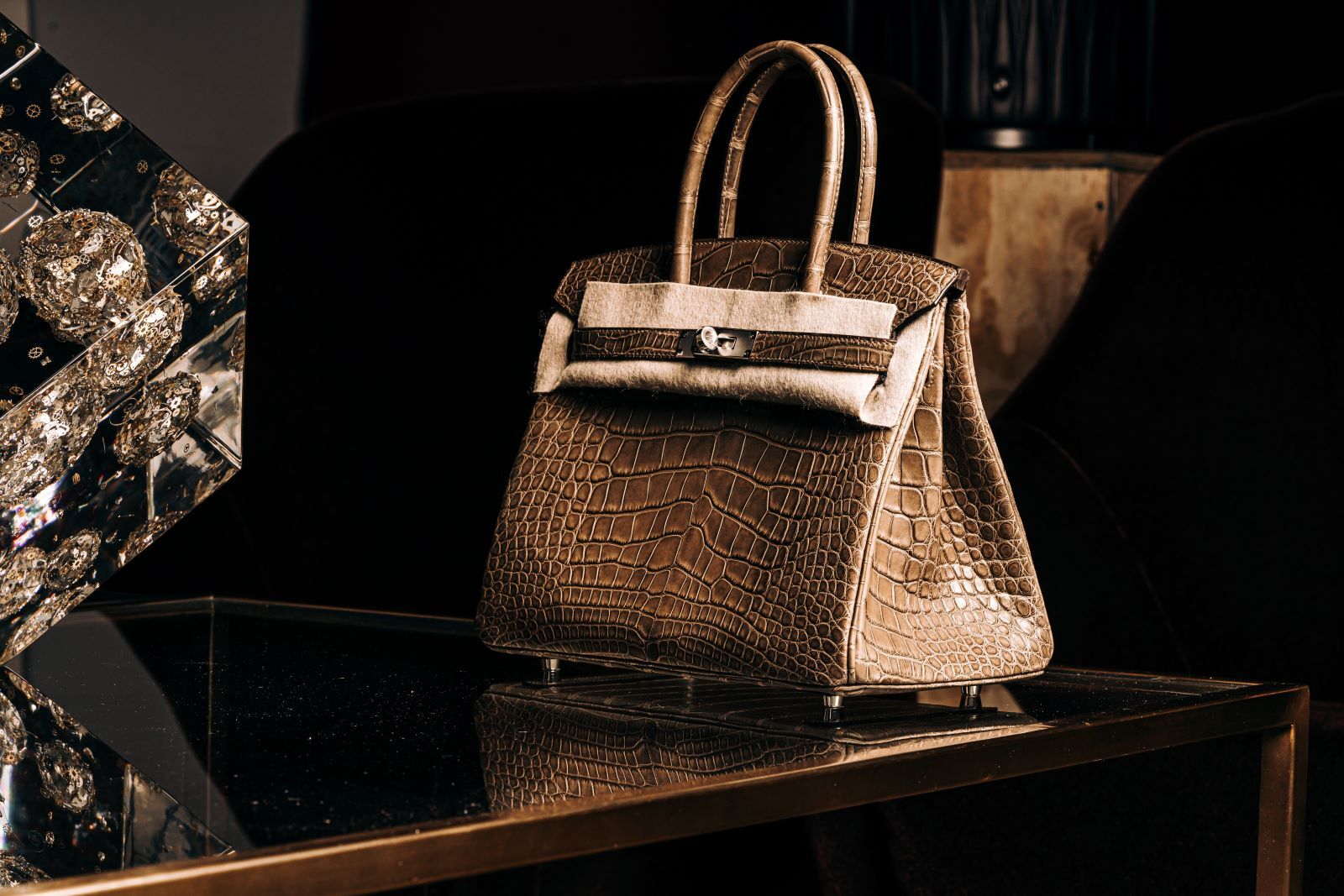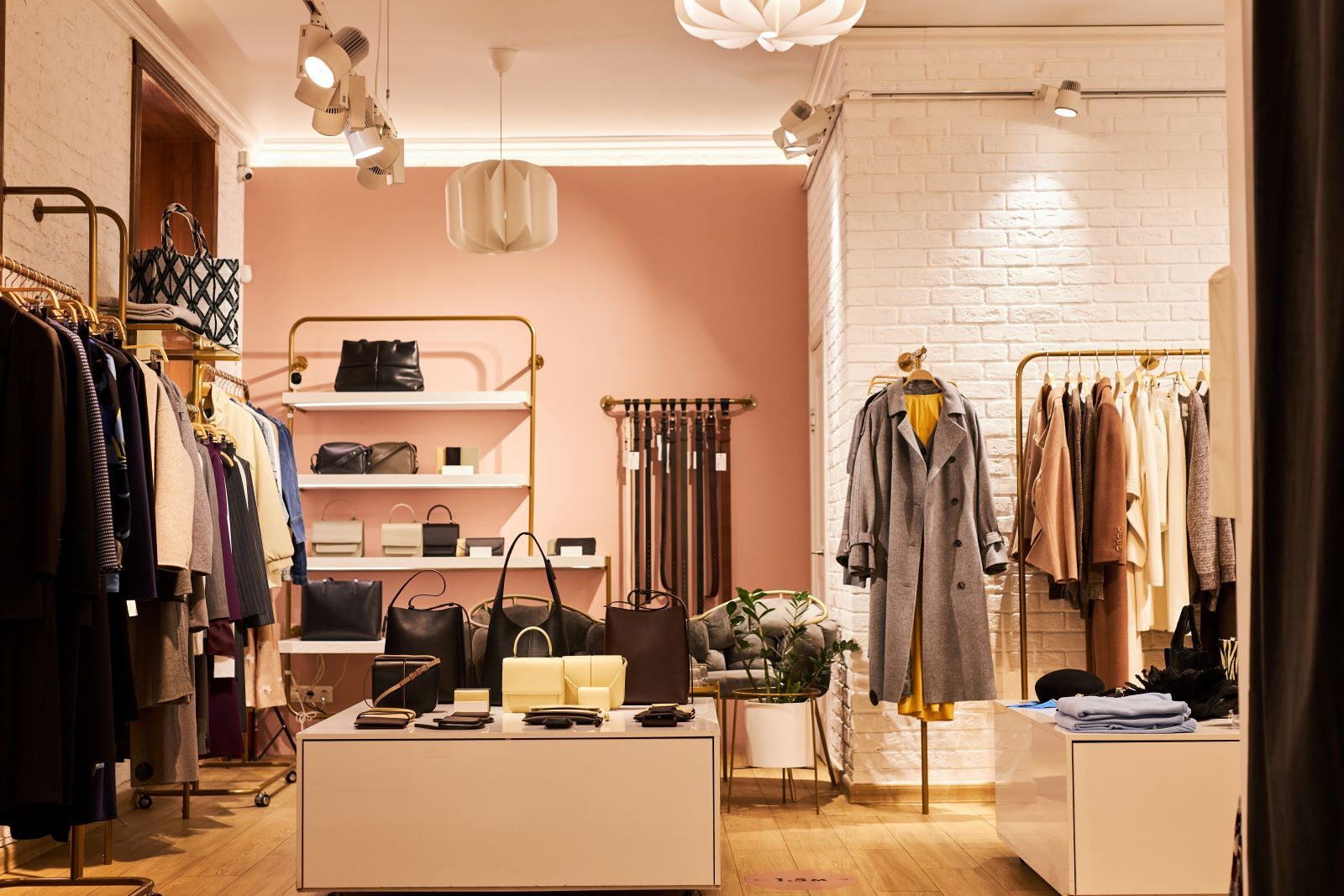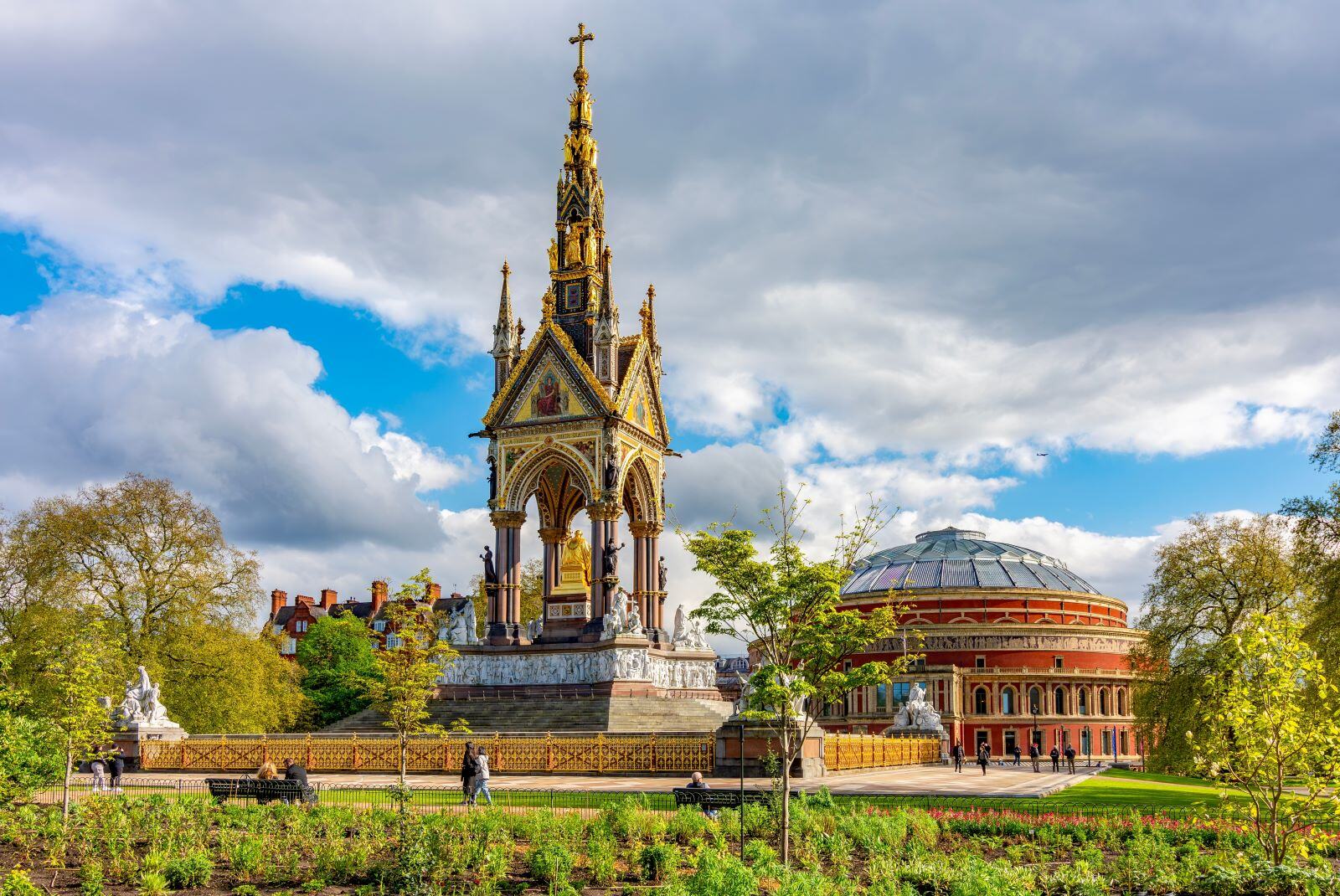Windsor Castle was built in the 11th century by William the Conqueror and designed to be a fortress that would help keep England safe from invaders. It was first used as a Royal residence by King Henry I in the early 1100s and is now considered to be Europe’s longest-occupied palace. It is also a popular entertainment venue today, hosting events such as weddings, state visits and national celebrations. We delve into the unique features of this icon of British Royal culture.
History of the Castle
The original structure for
Windsor Castle
was made of wood, with access for soldiers to enter and exit the castle with ease during battles or sieges. Up until the 16th century, it was used alternately as a residence and as a fortress, even serving as a hunting lodge on occasion. Subsequent monarchs made their own additions over time, replicating the architectural styles of the period. After surviving a fire in 1992, the castle was extensively rebuilt and renovated, resulting in the current design which draws inspiration from several of its previous iterations. Windsor Castle is divided into three main sections, known as the Upper Ward, Middle Ward and Lower Ward. The Upper Ward contains the Royal residences and guest rooms and the Lower Ward contains the College of St. George and St. George’s Chapel. The Middle Ward, with its famous keep known as the Round Tower, is considered to be the heart of the castle.
A Beloved Home
Windsor Castle was often considered to be one of the Queen’s favourite places. Much of her childhood was spent in the castle, including during World War II, when it was deemed safer for the young Princesses to be stationed there. Legend has it that when the sirens would sound for a bomb scare, the youngest royals would be ushered into the underground dungeons for safety and even spend a night or two down there. When Queen Elizabeth took the throne in 1952, ‘
she
decreed
the castle would become her principal weekend retreat’
. The private apartments of the castle were then renovated so the family could spend more time there and it was her primary residence from 2011 until her death in 2022. When the monarch is in residence, the Union Flag is replaced by the Royal Standard. The castle has also seen plenty of royal weddings, including many of Queen Victoria’s children, King Charles and Queen Consort Camilla and Prince Harry to Meghan Markle in 2018.
St George's Chapel
Built in the late 14th century by King Edward III, St. George’s Chapel is a beautiful example of Gothic architecture (namely, the Perpendicular Gothic style). It is home to the Order of the Garter, the most senior order of knights in England and has also been the site of several formal ceremonies, including royal weddings and funerals.
State Apartments
The State Apartments served as residences for the royal family, but are now primarily ceremonial. They are typically open to the public for tours unless official events are being hosted at the Castle. The State Apartments are divided into different areas, including the impressive Grand Reception Room, the majestic Grand Staircase and two separate suites of rooms for the King and the Queen.
Queen Mary’s Dollhouse
The largest and most well-known dollhouse in the world was built as a gift from the British people to Queen Mary and completed over a period of three years, from 1921 to 1924. Renowned British architect Sir Edward Lutyens designed the dollhouse, which features the work of over 1,500 craftsmen and artists. The interiors of the house are incredibly detailed and even have working lights and plumbing, as well as working lifts and a garden.
Did You Know?
Windsor Castle has 379 clocks. Looked after by the castle’s official horological conservator, many of the clocks are highly complex and feature as part of the Royal Collection. Changing the clocks takes a full two days.

